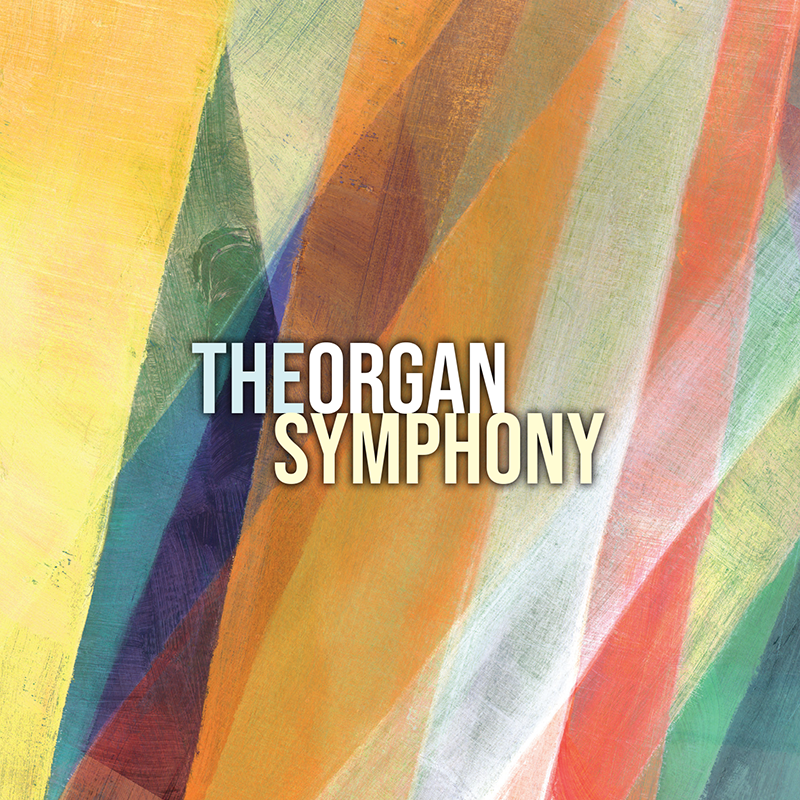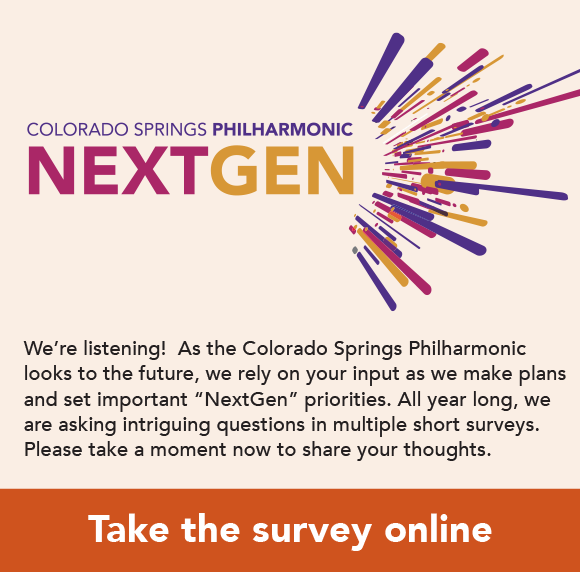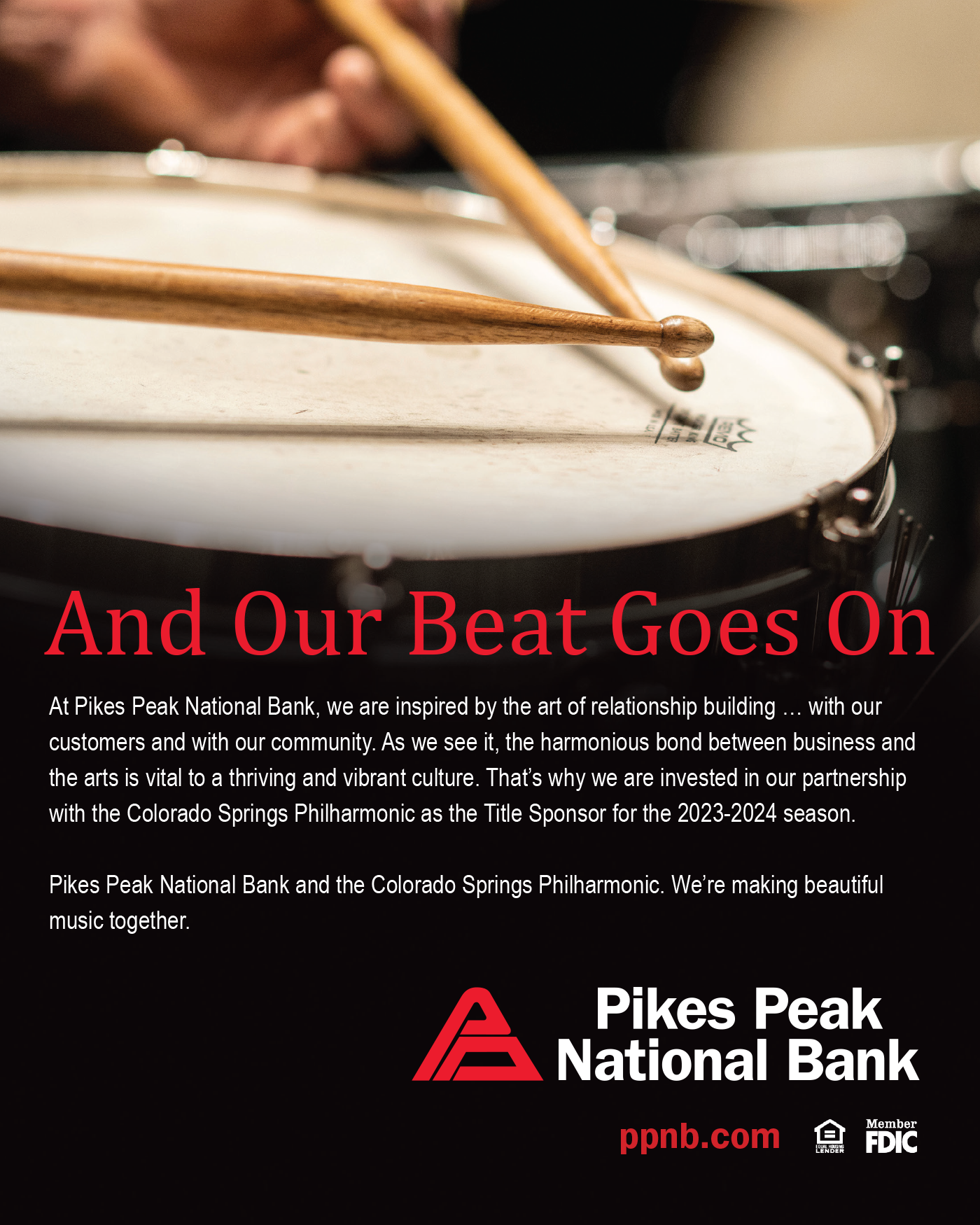
Season presented by
Series sponsored by
Series presented by
Concert Sponsors:
Robert D. Lee and Susan A. Ashley
Concert Co-Sponsor:
Mary T. and Victor Thacker
Marjorie Rapp
Timothy Fuller
Jack M. Shuttleworth, B/G USAF (ret)
in memory of Patricia Cruser
Guest Conductor Sponsor:
Lewis and Karen Clark
Timothy Fuller
Walter and Katherine Hieronymus
Lisa A. Mason
Marion and John Meyer
Michelle Behr and John Montaña
Susan and John Potterat
Kathleen S. Ricker
Sabra Wells
Chris and Kathleen Lennon
Guest Artist Sponsors:
Susanne Anselmi
Marion and John Meyer
Drs. Jim and Sheila Bee
Janet and Walter Gerber
Lodging Provided by
Saturday, March 23 at 7:30pm
Sunday, March 24 at 2:30pm
Chloé van Soeterstéde conductor
Zlatomir Fung cello
Anna Clyne DANCE for cello and orchestra
I. when you’re broken open
II. if you’ve torn the bandage off
III. in the middle of the fighting
IV. in your blood
V. when you’re perfectly free
Intermission
Saint-Saëns Symphony No. 3 in C minor, “Organ Symphony”
I. Adagio - Allegro moderato – Poco adagio.
II. Allegro moderato - Presto – Maestoso – Allegro
British composer Ralph Vaughan Williams (1872 – 1958) took inspiration for his rapturous Fantasia on a Theme by Thomas Tallis both from Ravel’s French Impressionistic style and from the Renaissance choral master, Thomas Tallis. Likewise, modern British composer, Anna Clyne, found inspiration for DANCE from Rumi, the 13th Century Persian Muslim Sufi poet, Rumi. Opening with a sonic nod to Vaughan Williams’s Fantasia, Clyne brings her DANCE concerto through many emotions and many exquisite musical colors. French composer Camille Saint-Saëns (1835 – 1921) found inspiration for his Symphony No. 3, Organ Symphony, from Franz Liszt’s technique of “cyclical form,” in which a short musical motive begins the Symphony, evolves continually, and ends the work completely metamorphosized. One of the Symphony’s most ingenious features is the addition of a pipe organ to the orchestral instruments. When the final movement arrives, the organ is used to break open the heavens, leading to one of the grandest and most goosebump-inducing endings in all of music.







